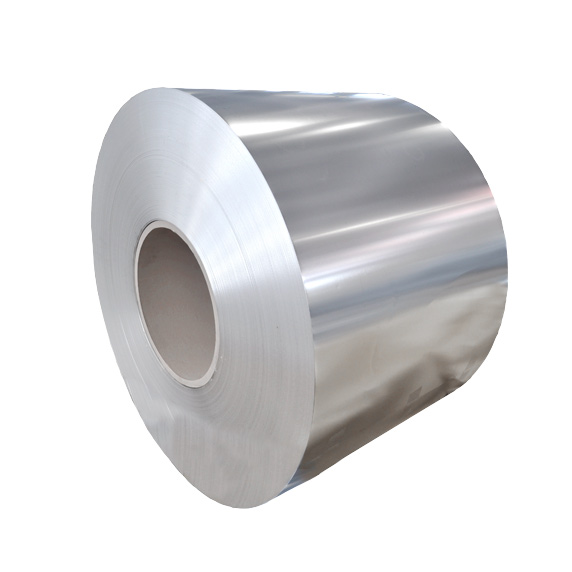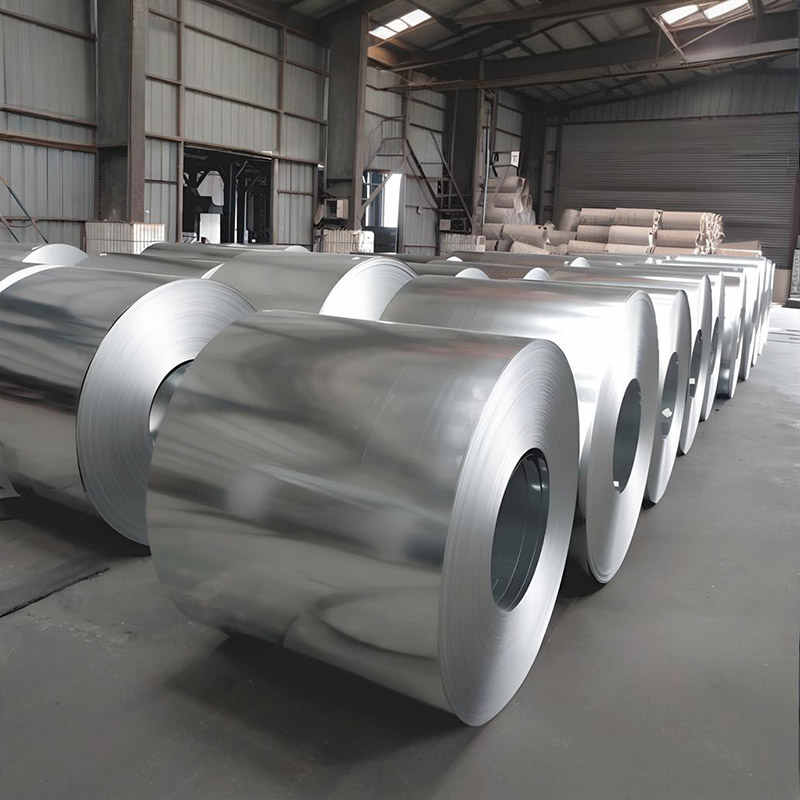What exactly is tinplate coil and why does its specification matter? Tinplate coil is a thin steel sheet coated with a layer of tin, providing both corrosion resistance and aesthetic appeal. This versatile material is widely used in food packaging, industrial applications, and decorative purposes. Understanding its specifications is crucial for ensuring optimal performance in your specific application.
What are the key specifications to consider when selecting tinplate coil? The primary specifications include thickness (typically ranging from 0.15mm to 0.49mm), temper (ranging from T1 to T5, indicating the hardness and formability), coating weight (measured in grams per square meter), and surface finish (such as matte, bright, or printed). Each specification directly impacts the material’s suitability for different applications.
How do you determine the right tinplate coil for your needs? The selection process should begin with evaluating your application requirements. For food packaging, food-grade tinplate with appropriate coating weights is essential to prevent corrosion and ensure product safety. Industrial applications may prioritize strength and durability, requiring specific temper levels. Consulting with your tinplate supplier can help match the exact specifications to your application.
What quality standards should you expect? Reputable manufacturers adhere to international standards such as ISO, ASTM, and JIS. These standards ensure consistent quality, proper coating adhesion, and dimensional accuracy. Always request material certifications and conduct quality inspections upon receipt to verify compliance with your specifications.
What are the best practices for handling and storing tinplate coil? Proper storage in a dry, climate-controlled environment prevents moisture damage and surface oxidation. Coils should be stored horizontally on proper supports to prevent deformation. When handling, use appropriate equipment to avoid scratches or damage to the tin coating, which could compromise corrosion resistance.
Share your experiences with tinplate coil selection in the comments below. Have you encountered challenges in matching specifications to your application? Your insights can help others in the industry make more informed decisions when sourcing tinplate materials.
By carefully considering these specifications and selection criteria, you can ensure optimal performance, cost-effectiveness, and product quality in your tinplate applications. Remember that working closely with your supplier is key to finding the perfect tinplate coil solution for your unique requirements.



